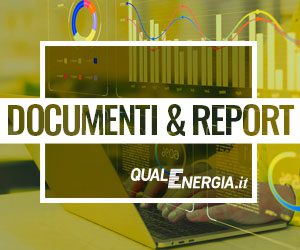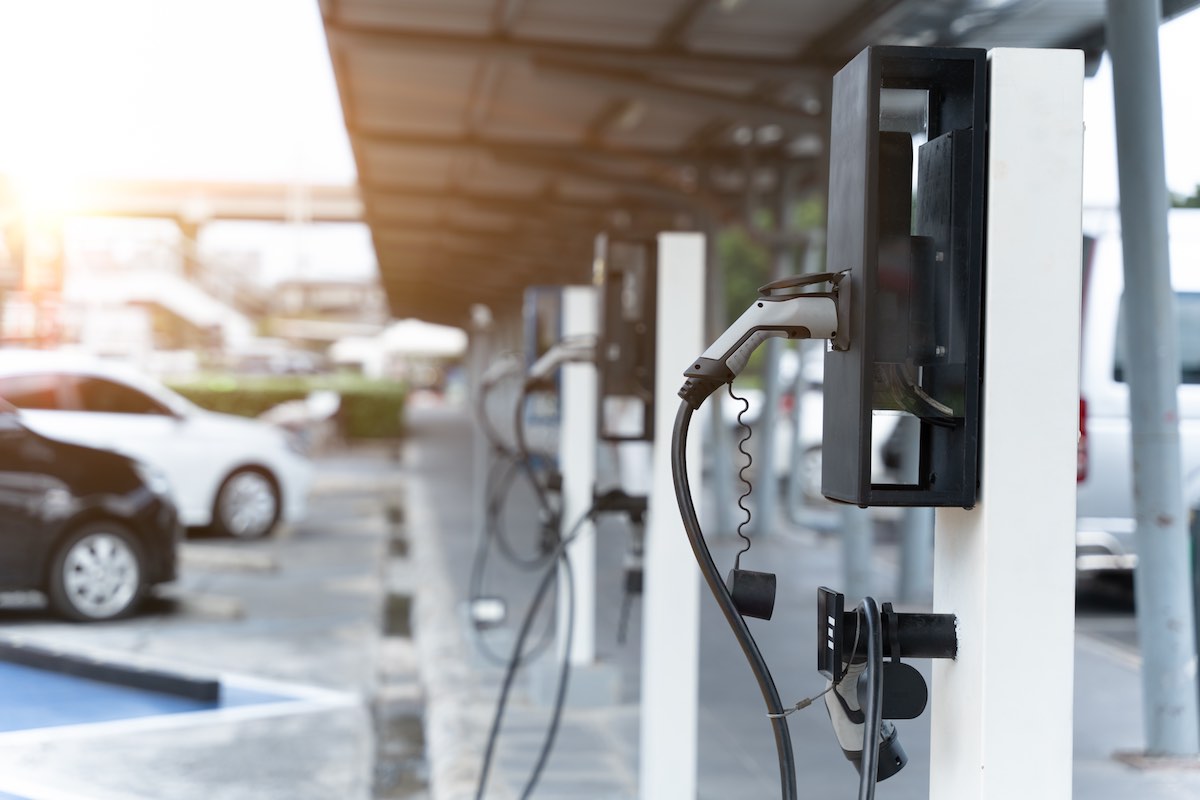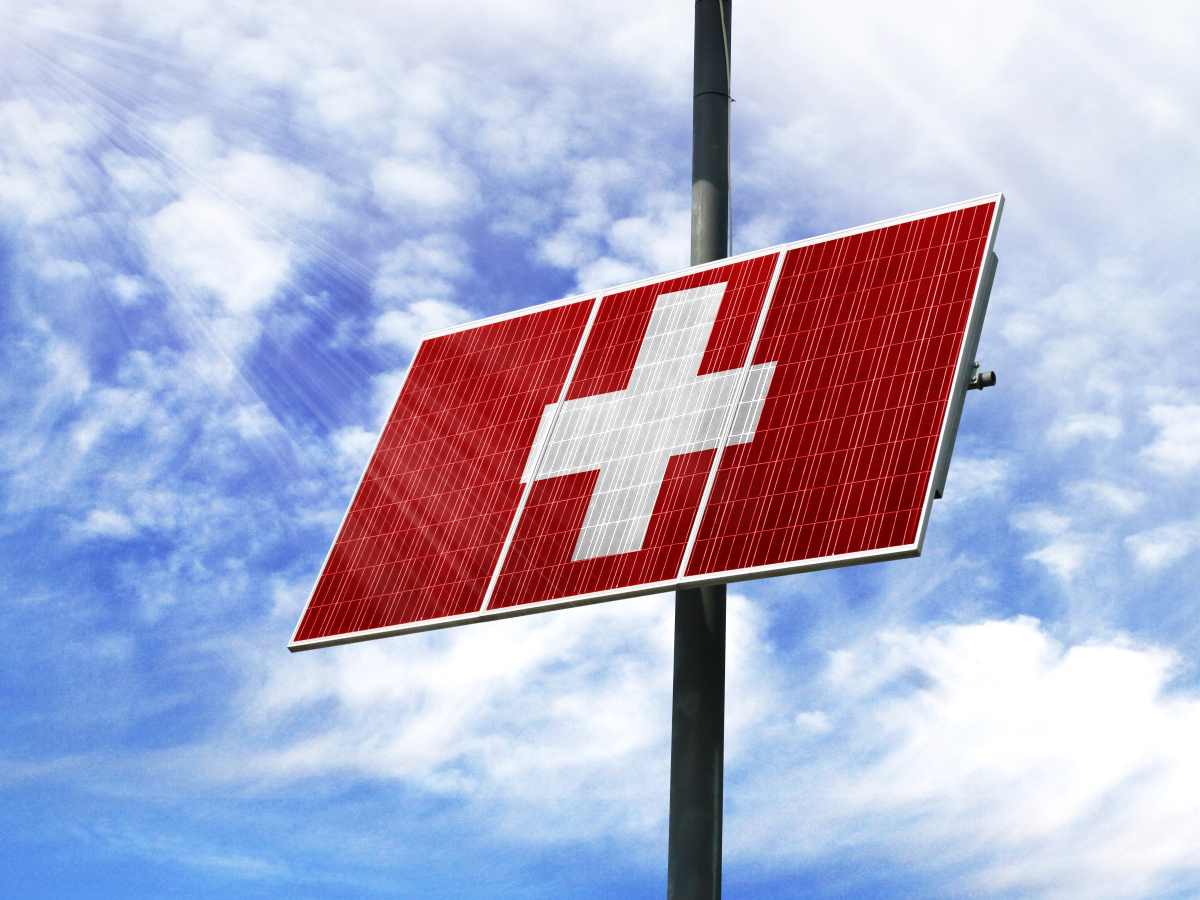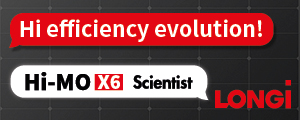The scale of global investment in energy efficiency and its contribution to energy demand are as significant as those of other developed supply-side resources, the International Energy Agency (IEA) said today as it unveiled a new report that for the first time describes the wide range of energy efficiency activities worldwide in market terms.
The inaugural Energy Efficiency Market Report joins the IEA market reports for oil, gas, coal and renewable energy, highlighting the place of energy efficiency as a major fuel. The report notes that energy efficiency markets around the world drew investment of up to USD 300 billion in 2011, a level on par with global investments in renewable energy or fossil-fuel power generation.
“Energy efficiency has been called a ‘hidden fuel’, yet it is hiding in plain sight,” IEA Executive Director Maria van der Hoeven said as she presented the report at the World Energy Congress in Korea. “Indeed, the degree of global investment in energy efficiency and the resulting energy savings are so massive that they beg the following question: Is energy efficiency not just a hidden fuel but rather the world’s first fuel?“
The cumulative impact of energy efficiency is enormous. Consider the following facts:
- From 2005 to 2010, efficiency measures saved the energy equivalent of USD 420 billion worth of oil in a group of 11 IEA member countries.
- Had it not been for energy efficiency measures implemented in past years, consumers in those 11 IEA member countries would now be consuming – and thus paying for – about two-thirds more energy than they currently use.
- In 2010 in those countries, the energy savings from efficiency measures exceeded the output from any other single fuel source. That year, the 11 IEA economies avoided burning 1.5 billion tonnes of oil equivalent thanks to efficiency improvements developed since 1974. By comparison, in 2010 those same economies consumed about 1 billion tonnes of oil equivalent from assets developed over the same period.
The report notes that two key factors have driven the recent growth of the energy efficiency market: effective policies and the high price of energy. Energy standards, labelling, access to assessments and financing, and obligations on suppliers have proved crucial. And high oil prices in particular have encouraged savings. However, the absence of dynamic pricing in energy markets together with subsidies, high transaction costs, information failures and a lack of institutional capacity can sometimes impede efficiency improvements.
The report focuses in on a specific technology sector in which there is significant energy efficiency market activity: appliances and information communication technology (ICT) equipment. Here, while traditional appliance markets seem static, energy efficient products and ICT equipment are growth areas for energy efficiency, the report says.
Finally, the report presents a selection of country case studies that illustrate current energy efficiency markets in specific sectors and highlight the relationship among investments, the energy prices and policies that enable them, and, importantly, the types of return on investments achieved by consumers, businesses and governments. Prospects for key markets are outlined, but it is clear that targeted energy efficiency policies will continue to play a key role in developing and enabling markets for energy efficiency services and products.
This first Energy Efficiency Market Report is on sale at the IEA bookshop.
To read Executive Director Maria van der Hoeven’s comments at the report’s launch, please click here.
To see the slides from the report’s launch, please click here.
(Reprinted from materials provided by IEA)





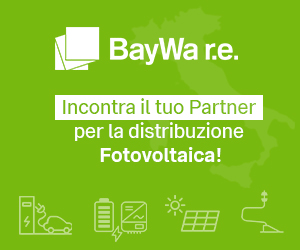





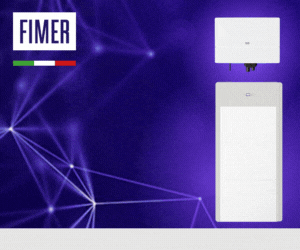

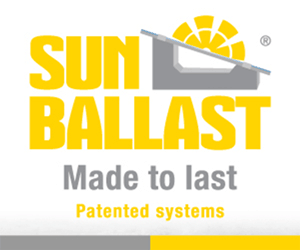
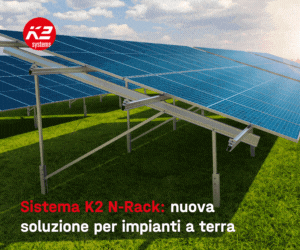
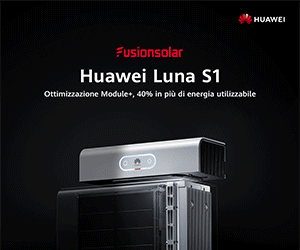







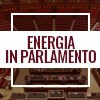
.gif)
